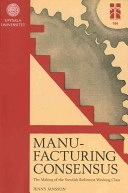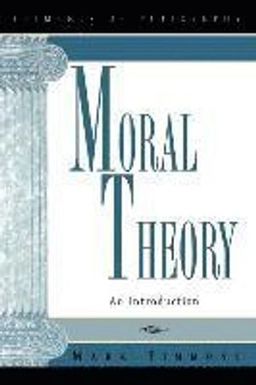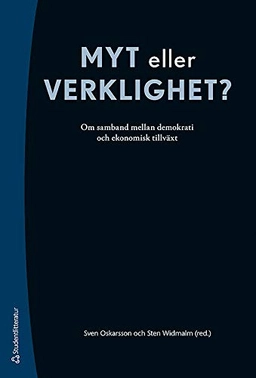The 1910s were a precarious time for the labor movement. The Russian Revolution in 1917 sparked a trend towards radicalization among labor organizations and communist organizations spread all over Europe. These organizations challenged existing notions of the worker, causing an identity crisis in class organizations. Suddenly, there were not only workers, but different kinds of workers, promoting not only social democracy and syndicalism, but also communism. The labor movement became fragmented. This was very much the case in Sweden. However, despite the conflict situation during the interwar period, the Swedish workers were integrated into a strong cohesive labor movement, united under the banner of reformism which, in turn, paved the way for a strong social democracy. How was this possible? This study presents an explanation of why the Swedish working class so unanimously adopted reformism. Its thesis is that the leadership of the Trade Union Confederation (LO) was well aware of the identity problems the leftwing factions had created for the reformist unions. Because of this, the leadership decided to take actions. As identity entrepreneurs the leaders re-formed the notion of the worker by constructing an organizational identity that downplayed class struggle and embraced discipline, peaceful solutions to labor market problems, and cooperation with the employers. This notion was inculcated in the workers through popular education. The book shows that ABF study circles became the main tool of the Trade Union Confederations identity policy in the 1920s and 1930s and its successful outcome paved the way for the renowned Swedish Model.
Åtkomstkoder och digitalt tilläggsmaterial garanteras inte med begagnade böcker





















